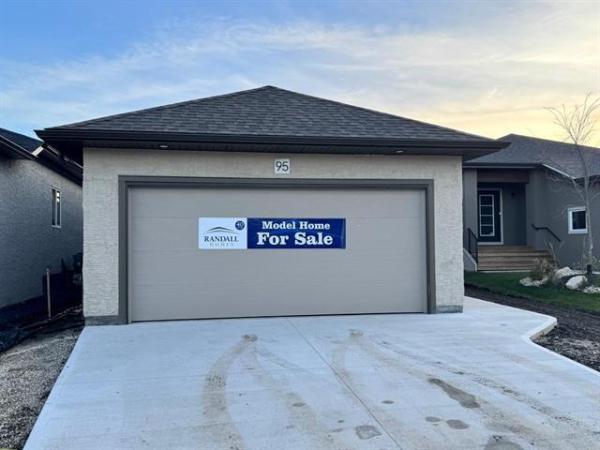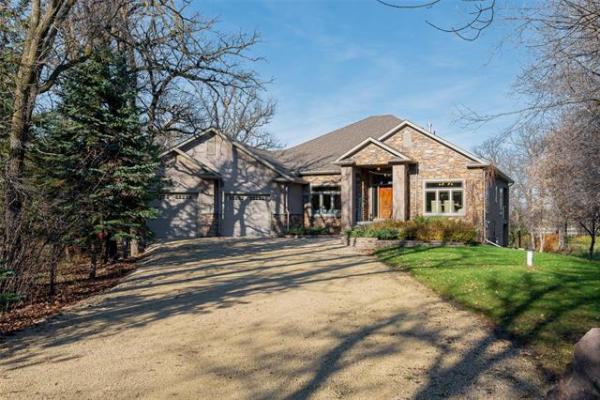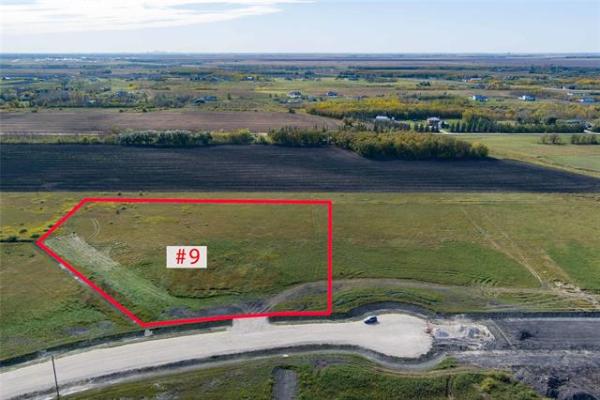Question: Could you please advise about winter sump hoses? How many feet long should a winter sump hose be? We have heard that they can freeze up if they are longer than 20 feet. We understand that if the hose is placed too close to the foundation the water that is pumped out will just sink back down into the ground and cause the pump to keep pumping, which could cause it to burn out. We want to place the hose safely and effectively, so that it will not cause freeze up or burn out the pump.
We are using a four-inch diameter discharge hose for the winter. We have placed 15 feet of hose along the side of the house, at a distance of four feet from the foundation, but water is still going on to the road beside us. Also, can you please advise what is the minimum amount of space that the winter hose should be placed from the foundation of the house? There is only about six feet between the side of our condo unit, where the discharge is located, and the street.
This seems to be a yearly problem, especially when there is a lot of late fall and early winter precipitation, until the ground freezes. Our neighbour has complained to the condo board! We did have a plumber come to investigate if the discharge could be moved to the back of the condo unit, but due to the location of sump pit, discharge hose, and furnace in the basement, this cannot be done.
So much appreciated!
Margo B.
Answer: Addressing sump pump discharge water in the late fall, winter, and early spring is definitely a challenge to prevent excessive ice buildup. Using a loosely secured, larger pipe terminating only a few feet away from the foundation, but dumping into a proper drainage swale, may be the answer to this dilemma.
You have identified an extremely common issue that happens to numerous homeowners in our area, especially when homes are newer, but older than about 10 years. The reason for the problem getting worse after that time is due to compaction and erosion of the original backfill and grading around the house. When a home is complete, the backfill is typically installed slightly higher than desired, knowing that it will compact significantly in the first few years after construction. Even with finish grading completed, typically with topsoil and sod installed over top, this area may rapidly drop in height for the first couple of years. Most lots around new homes are designed so the soil has a significant slope away from the foundation, especially on the side where the sump pump discharge is located. The adjacent neighbour’s homes should have similar slopes and together those should form good drainage swales.
Most swales should be sloping to the front or rear yard of the home, or both at the same time, with the highest point approximately half way along the side of the home. This is designed to direct excess water from precipitation, and the sump pump discharge, away from the foundation. If a small amount of water is present, it may easily be absorbed by the soil in the swale, itself. But, if that soil is saturated or frozen, or if the swale is not properly graded, the excessive water can pond and cause a large amount of ice buildup in cold weather. Once the weather cools below freezing all day, any new discharge water may overflow the yard onto the street or sidewalk, causing a safety hazard.
The typical solution to a problem like yours, is to regularly bring in new soil to build up the swale, to ensure good drainage to the front or back yards. This will distribute the water over a larger area, which will help with absorption. While this may work well in the warmer months, it may not be sufficient in the shoulder seasons when underground water is still draining into your sump, but the surface ground outside is frozen and unable to absorb the liquid water discharged. The good news is that this typically only occurs for a short period in the fall and spring and should be a temporary problem. It normally stops once the weather either cools sufficiently to stop filling the sump or warms enough for the ground to thaw.
There is no definitive length that a sump pump discharge hose should be, or distance from the foundation. This will largely depend on the height of the grading around the home, the proximity of other buildings, amount of vegetation, and location of driveways, roads, and sidewalks. You are exactly correct in using a larger discharge pipe for the winter, as that will prevent freezing, but only if it is loosely connected at the top and properly sloped. The loose top connection will let excessive water drain away, if the lower portion of the pipe becomes frozen or otherwise blocked. It is a frozen and blocked hose that will cause your pump to run continuously, eventually burning out, not being too close to the foundation. In fact, running a hose as long as yours should be closer to the foundation to allow for increased soil absorption. This may only work if the hose is perforated, to let some of the water drain into a larger area of soil, which may be a partial solution to your issue. Otherwise, talking to the condo board about regrading the soil next to your home, to prevent overflow easily dumping onto the road, should be your next undertaking.
Minimizing the amount of water that drains from the frozen soil adjacent to your home, onto the nearby road, may primarily be a grading issue and should fall under the partial responsibility of the condo board as a common element. Consulting the board to address the poor grading, which allows your sump discharge water to freeze on the road, may be the proper approach to resolving this issue.
Ari Marantz is the owner of Trained Eye Home Inspection Ltd. and a Registered Home Inspector (RHI)(cahpi.ca). Questions can be emailed to the address below. Ari can be reached at 204-291-5358 or check out his website at trainedeye.ca.
trainedeye@iname.com



